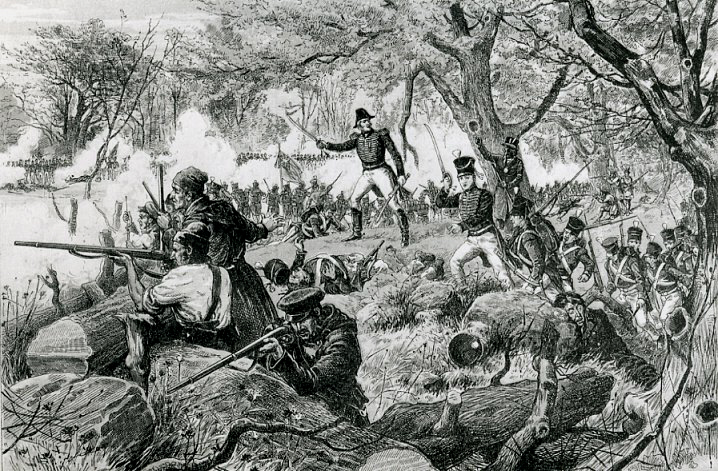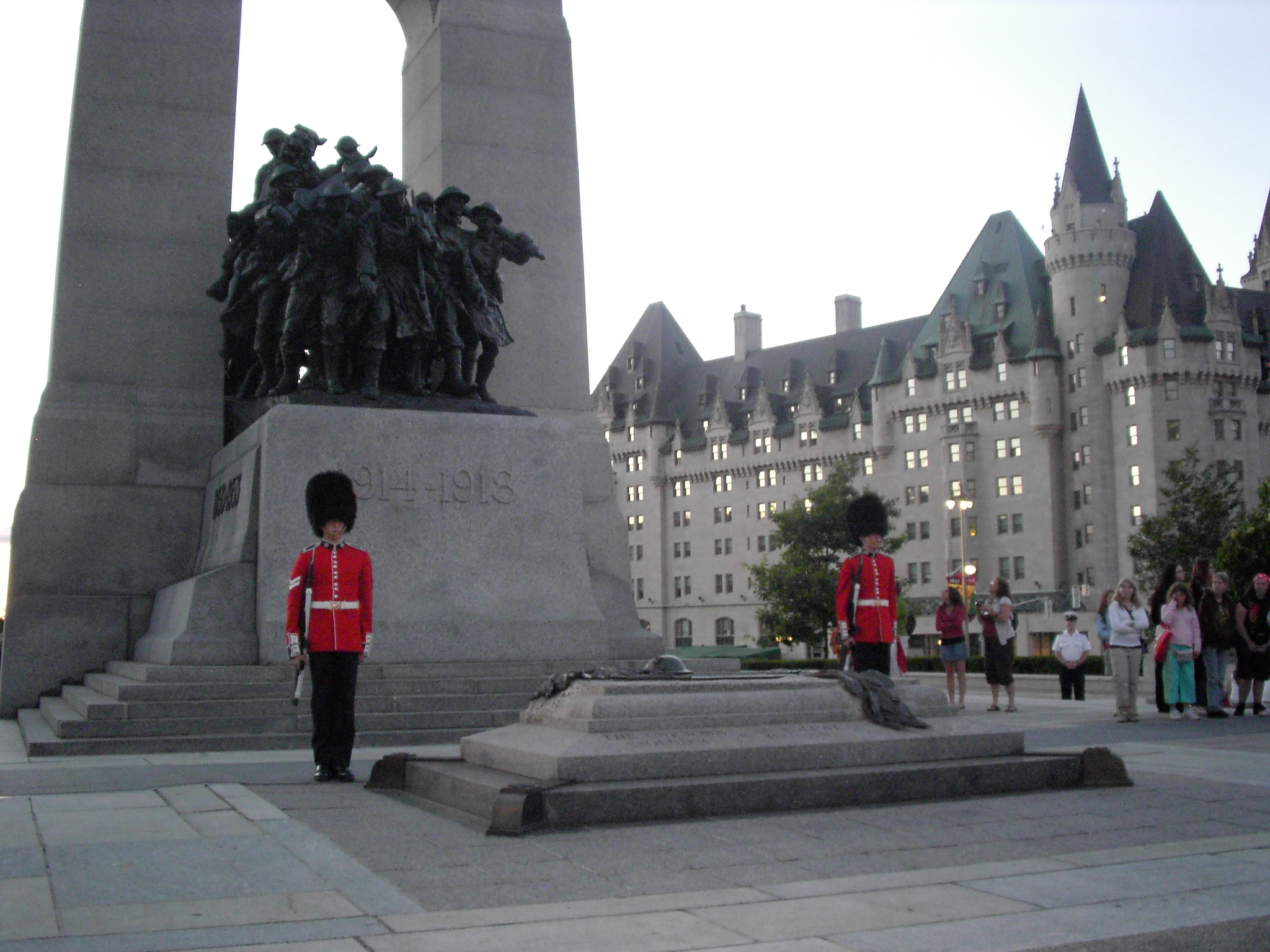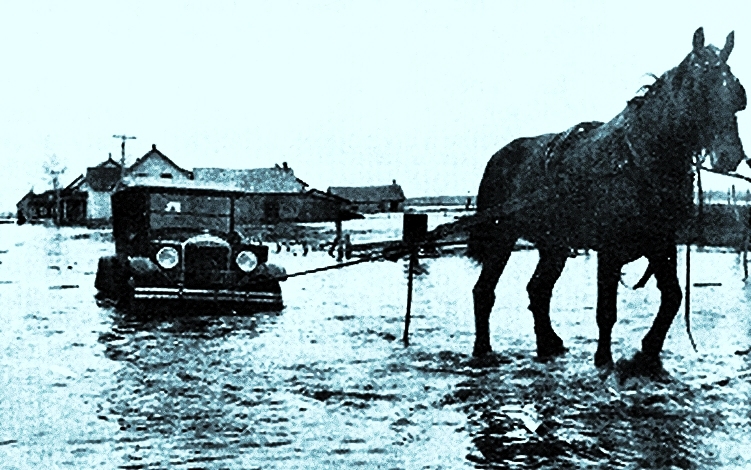|
Régiment Du Saguenay
Le Régiment du Saguenay is a Primary Reserve infantry regiment of the Canadian Forces based in Saguenay, Quebec. The regiment was founded in 1900 in Roberval, Quebec as the 18th Saguenay Battalion of Infantry. See also * The Canadian Crown and the Canadian Forces * Military history of Canada * History of the Canadian Army * Canadian Forces The Canadian Armed Forces (CAF; , FAC) are the unified Military, military forces of Canada, including sea, land, and air commands referred to as the Royal Canadian Navy, Canadian Army and the Royal Canadian Air Force. Under the ''National Defenc ... References regiments.orgDND website Order of precedence Saguenay, Regiment du Saguenay, Quebec Infantry regiments of Canada in World War II Military units and formations established in 1900 1900 establishments in Quebec {{canada-mil-stub ... [...More Info...] [...Related Items...] OR: [Wikipedia] [Google] [Baidu] |
Canadian Army
The Canadian Army () is the command (military formation), command responsible for the operational readiness of the conventional ground forces of the Canadian Armed Forces. It maintains regular forces units at bases across Canada, and is also responsible for the Army Reserve, the largest component of the Primary Reserve. The army is headed by the Commander of the Canadian Army and Chief of the Army Staff, who is subordinate to the Chief of the Defence Staff (Canada), Chief of the Defence Staff. The army is also supported by 3,000 civilian employees from the public service. The army was formed in 1855, as the Canadian Militia#Active militias, Active Militia, in response to the threat of the United States to the Province of Canada after the British garrison left for the Crimean War. This militia was later subdivided into the Permanent Active Militia and the Non-Permanent Active Militia. Finally, in 1940, an order in council changed the name of the Active Militia to the Canadian Arm ... [...More Info...] [...Related Items...] OR: [Wikipedia] [Google] [Baidu] |
The Canadian Crown And The Canadian Forces
The relationship between the Canadian Crown and the Canadian Armed Forces is both constitutional and ceremonial, with the King of Canada being the commander-in-chief of the Canadian Forces and he and other members of the Canadian royal family holding honorary positions in various branches and regiments, embodying the historical relationship of the Crown with its armed forces. This construct stems from Canada's system of constitutional monarchy and through its 500 years of monarchical history, the relationship symbolically represented through royal symbols, such as crowns on military badges and insignia, coats of arms, royal portraits, and the grant of the ''royal'' prefix to various military units and institutions. The role of the Canadian sovereign within the Canadian Armed Forces is established within the Canadian constitution, the ''National Defence Act'', and the ''King's Regulations and Orders'' (KR&Os) for the Canadian Forces. Role in command The role of the Canadi ... [...More Info...] [...Related Items...] OR: [Wikipedia] [Google] [Baidu] |
Infantry Regiments Of Canada In World War II
Infantry, or infantryman are a type of soldier who specialize in ground combat, typically fighting dismounted. Historically the term was used to describe foot soldiers, i.e. those who march and fight on foot. In modern usage, the term broadly encompasses a wide variety of subspecialties, including light infantry, irregular infantry, heavy infantry, mountain infantry, motorized infantry, mechanized infantry, airborne infantry, air assault infantry, and naval infantry. Other subtypes of infantry, such as line infantry and mounted infantry, were once commonplace but fell out of favor in the 1800s with the invention of more accurate and powerful weapons. Etymology and terminology In English, use of the term ''infantry'' began about the 1570s, describing soldiers who march and fight on foot. The word derives from Middle French , from older Italian (also Spanish) ''infanteria'' (foot soldiers too inexperienced for cavalry), from Latin '' īnfāns'' (without speech, newborn, ... [...More Info...] [...Related Items...] OR: [Wikipedia] [Google] [Baidu] |
The Cape Breton Highlanders
The Cape Breton Highlanders is an infantry regiment of the Canadian Army. It was established in 1871, merged into The Nova Scotia Highlanders in 1954, and re-established as a distinct regiment in 2011. It is part of the 5th Canadian Division's 36 Canadian Brigade Group and is headquartered at Sydney, Nova Scotia. Lineage The Cape Breton Highlanders *Originated 13 October 1871 in Baddeck, Nova Scotia, as the Victoria Provisional Battalion of Infantry, named after Victoria County *Redesignated 2 December 1879 as the Victoria "Highland" Provisional Battalion of Infantry *Redesignated 9 April 1880 as the Victoria Provisional Battalion of Infantry "Argyll Highlanders" *Redesignated 12 June 1885 as the 94th "Victoria" Battalion of Infantry, "Argyll Highlanders" *Redesignated 8 May 1900 as the 94th Victoria Regiment "Argyll Highlanders" *Redesignated 29 March 1920 as The Cape Breton Highlanders *Redesignated 7 November 1940 as the 2nd (Reserve) Battalion, The Cape Breton Highland ... [...More Info...] [...Related Items...] OR: [Wikipedia] [Google] [Baidu] |
48th Highlanders Of Canada
The 48th Highlanders of Canada is a Canadian Forces Primary Reserve infantry regiment based in Toronto, Ontario, parading out of Moss Park Armoury. The regiment is part of 4th Canadian Division's 32 Canadian Brigade Group. Regimental Badge Description On a torteau the number 48 Argent above a scroll Azure edged and inscribed HIGHLANDERS in letters Argent, all encircled by a belt Azure edged buckled and inscribed DILEAS GU BRATH in letters Argent, overall in chief on a wreath Argent and Gules a falcon's head couped Argent. Symbolism The falcon's head is adopted from the crest of the Clan Davidson, the regiment's first commanding officer being Lieutenant-Colonel John Irvine Davidson, and the predominant colours of red and blue are from the Davidson tartan that the regiment wears. The number "48" and the word "HIGHLANDERS" are a form of the regimental title and "DILEAS GU BRATH" is the motto of the regiment. Lineage File:48 Highrs Regt Colour.jpg, The regimental colour ... [...More Info...] [...Related Items...] OR: [Wikipedia] [Google] [Baidu] |
History Of The Canadian Army
The history of the Canadian Army, began when the title first came into official use in November 1940, during the Second World War, and is still used today. Although the official titles, Mobile Command, and later Land Force Command, were used from February 1968 to August 2011, "Canadian Army" continued to be unofficially used to refer to the ground forces of the Canadian Armed Forces, much as it has been from Confederation in 1867 to the present. The term was often even used in official military publications, for example in recruiting literature and the official newspaper of the Canadian Forces, ''The Maple Leaf''. On August 16, 2011, the title, "Canadian Army", was officially restored, once again bringing the official designation in line with common and historical usage. Formation Prior to Canadian Confederation in 1867, defence for the colonies that comprise present-day Canada was dependent on the armies of colonial powers. The military of New France (1608–1763) was dependent ... [...More Info...] [...Related Items...] OR: [Wikipedia] [Google] [Baidu] |
Military History Of Canada
The military history of Canada spans centuries of conflicts within the country, as well as international engagements involving the Canadian Armed Forces, Canadian military. The Indigenous nations of Canada engaged in conflicts with one another for millennia. The arrival of European settlers in the 17th century led to new alliances and hostilities among Indigenous nations and colonial powers, leading to conflicts such as the Beaver Wars. The late 17th and 18th centuries saw French and Indian Wars, four major British-French conflicts fought in Canada, culminating with the British Conquest of New France, conquest of New France in 1760. This reshaped the region and contributed to the American Revolutionary War, during which American attempts to Invasion of Quebec (1775), seize Quebec and Nova Scotia in the American Revolution, spark a revolt in Nova Scotia failed. The 19th century brought both external threats and internal challenges to British North America. While its colonies repell ... [...More Info...] [...Related Items...] OR: [Wikipedia] [Google] [Baidu] |
Roberval, Quebec
Roberval () is a city on the south-western shore of Lac Saint-Jean in the Le Domaine-du-Roy Regional County Municipality of Quebec, Canada. With a population of 9,840 in the Canada 2021 Census, it is the fourth largest city on this lake after Alma, Quebec, Alma, Dolbeau-Mistassini and Saint-Félicien, Quebec, Saint-Félicien. It is the seat of the Domaine-du-Roy RCM and the main service centre for the region with a hospital and some government services. It is also the seat of the Judicial districts of Quebec, judicial district of Roberval. It is the only Lac Saint-Jean town whose core is directly on the lakeshore. Benoît Bouchard, former cabinet Minister and Canadian Ambassador in France, and Michel Gauthier, former federal Leader of the Opposition (Canada), Leader of the Opposition, represented the area in the federal parliament. Bernard Lord the former Premier of New Brunswick was born here. Roberval was the 2008 winner of ''Kraft Hockeyville''. In their newly renovated arena, ... [...More Info...] [...Related Items...] OR: [Wikipedia] [Google] [Baidu] |
Infantry
Infantry, or infantryman are a type of soldier who specialize in ground combat, typically fighting dismounted. Historically the term was used to describe foot soldiers, i.e. those who march and fight on foot. In modern usage, the term broadly encompasses a wide variety of subspecialties, including light infantry, irregular infantry, heavy infantry, mountain infantry, motorized infantry, mechanized infantry, Airborne forces, airborne infantry, Air assault, air assault infantry, and Marines, naval infantry. Other subtypes of infantry, such as line infantry and mounted infantry, were once commonplace but fell out of favor in the 1800s with the invention of more accurate and powerful weapons. Etymology and terminology In English, use of the term ''infantry'' began about the 1570s, describing soldiers who march and fight on foot. The word derives from Middle French , from older Italian (also Spanish) ''infanteria'' (foot soldiers too inexperienced for cavalry), from Latin '' ... [...More Info...] [...Related Items...] OR: [Wikipedia] [Google] [Baidu] |
Canadian Forces
The Canadian Armed Forces (CAF; , FAC) are the unified Military, military forces of Canada, including sea, land, and air commands referred to as the Royal Canadian Navy, Canadian Army and the Royal Canadian Air Force. Under the ''National Defence Act'', the Canadian Armed Forces are an entity separate and distinct from the Department of National Defence (Canada), Department of National Defence (the Government of Canada, federal government department responsible for the administration and formation of defence policy), which also exists as the civilian support system for the forces. The Commander-in-Chief of the Canadian Armed Forces, command-in-chief of the Canadian Armed Forces is constitutionally vested in the Monarchy of Canada, monarch, , who is represented by the Governor General of Canada, Governor General. The Chief of the Defence Staff (Canada), chief of the Defence Staff is the professional head of the Canadian Armed Forces, who under the direction of the Minister of Nati ... [...More Info...] [...Related Items...] OR: [Wikipedia] [Google] [Baidu] |
Regiment
A regiment is a military unit. Its role and size varies markedly, depending on the country, military service, service, or administrative corps, specialisation. In Middle Ages, Medieval Europe, the term "regiment" denoted any large body of line regiment, front-line soldiers, recruited or conscripted in one geographical area, by a leader who was often also the feudal lord ''in capite'' of the soldiers. Lesser barons of knightly rank could be expected to muster or hire a Company (military unit), company or battalion from their manorial estate. By the end of the 17th century, infantry regiments in most European armies were permanent units, with approximately 800 men and commanded by a colonel. Definitions During the modern era, the word "regiment" – much like "corps" – may have two somewhat divergent meanings, which refer to two distinct roles: # a front-line military formation; or # an administrative or ceremonial unit. In many armies, the first role has been assumed by i ... [...More Info...] [...Related Items...] OR: [Wikipedia] [Google] [Baidu] |





